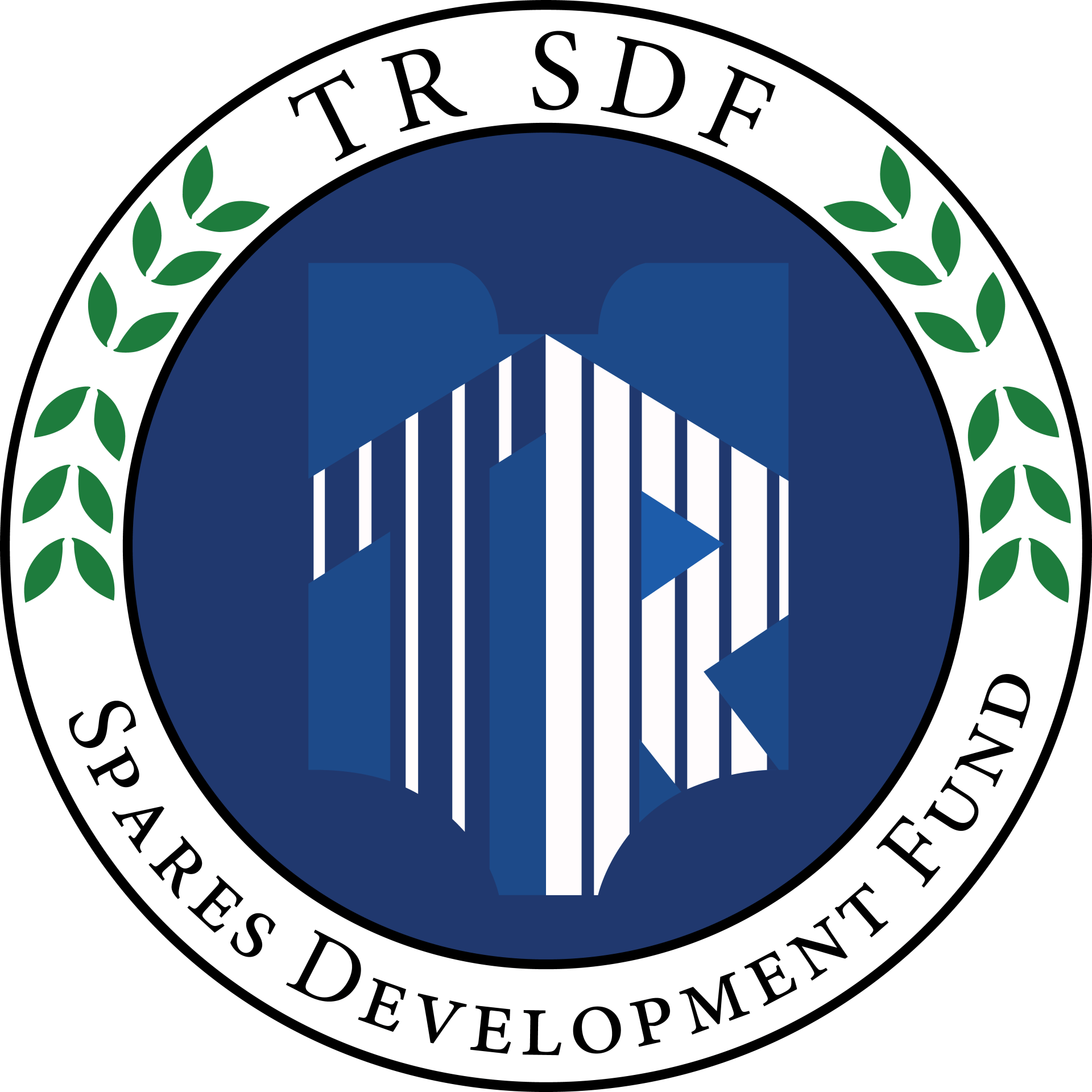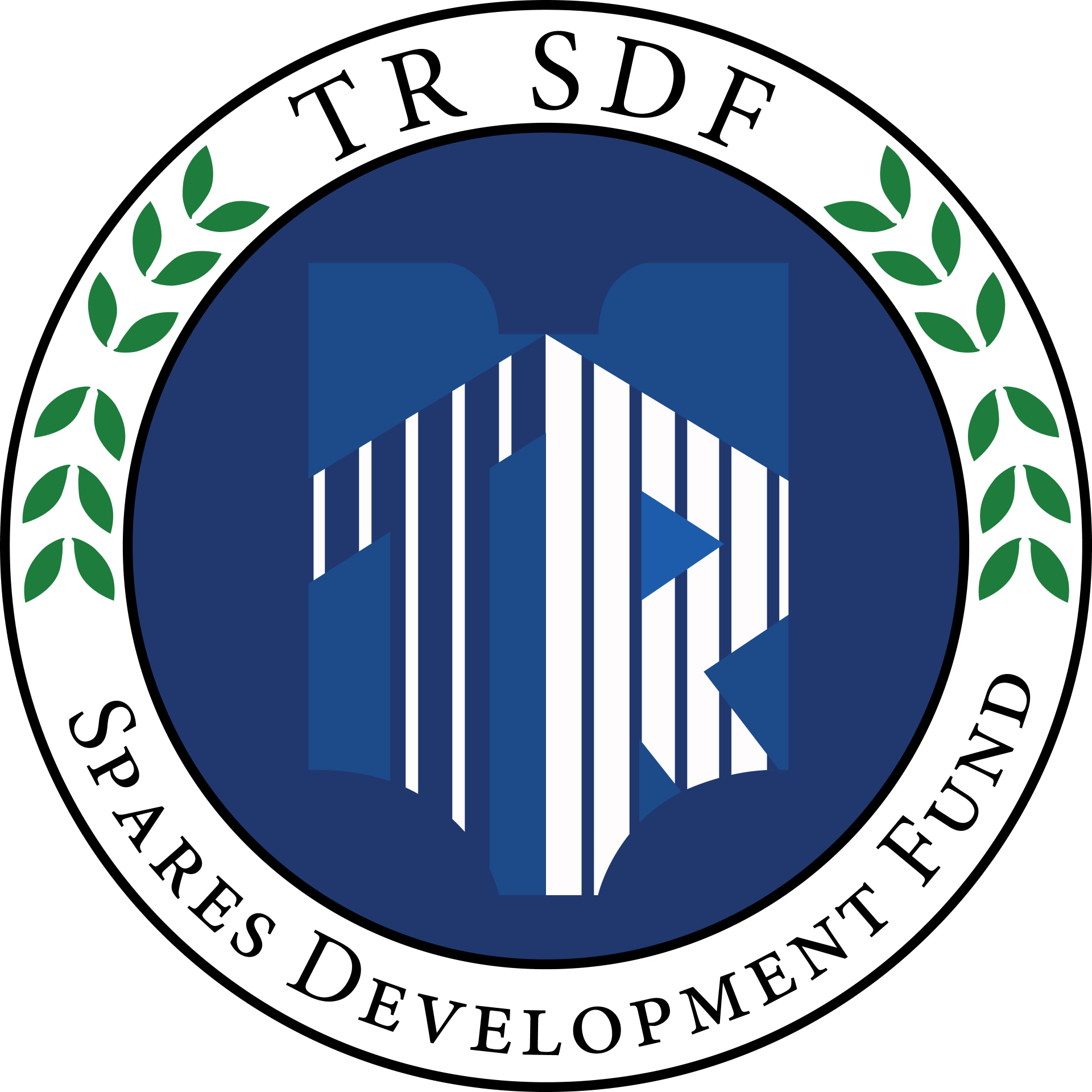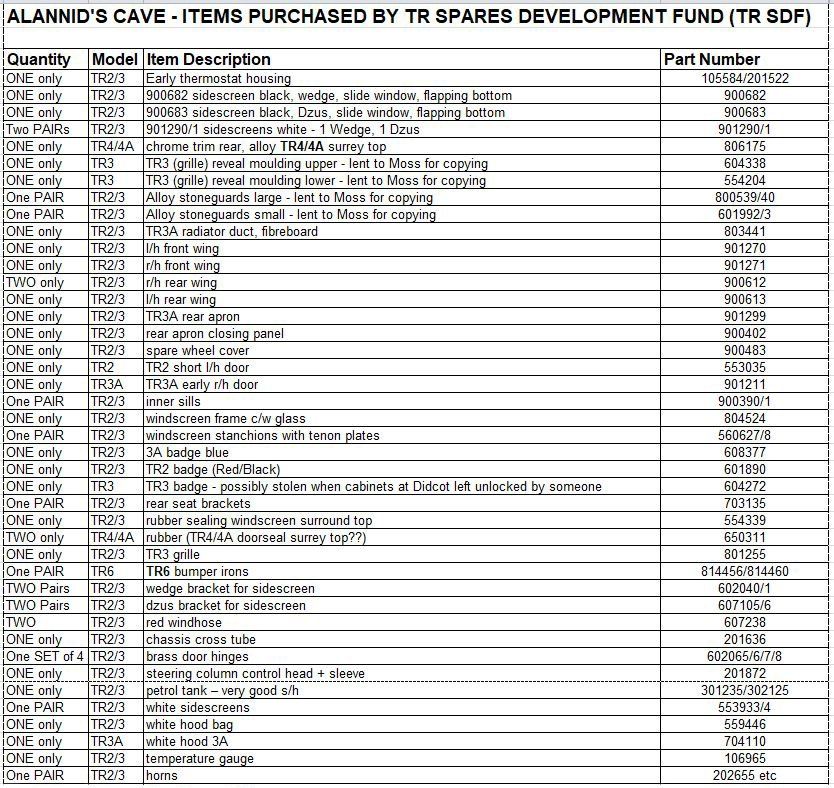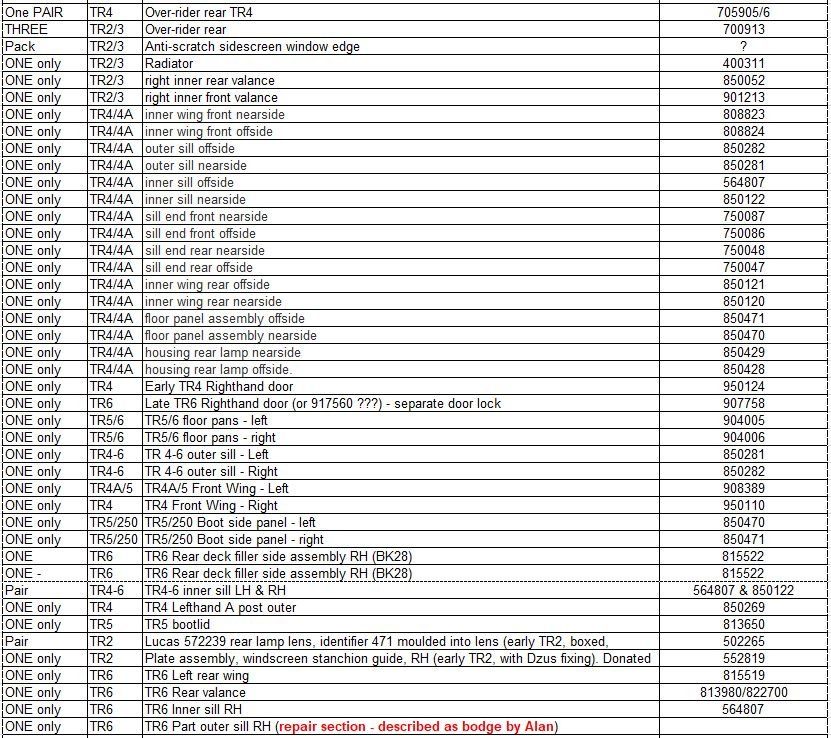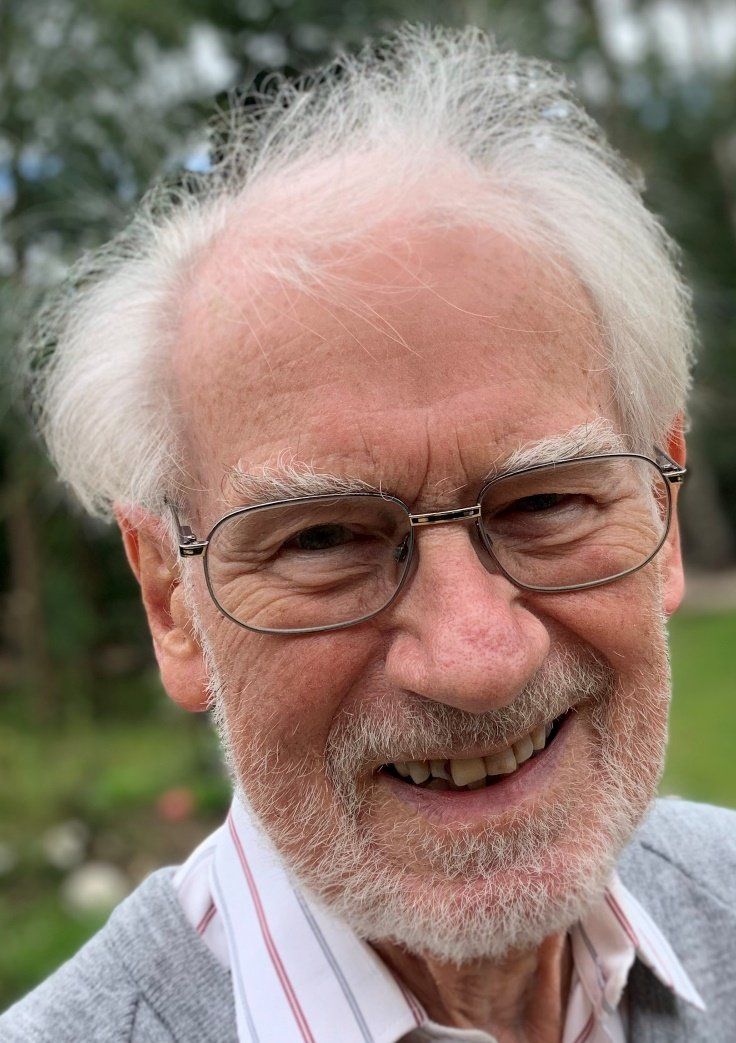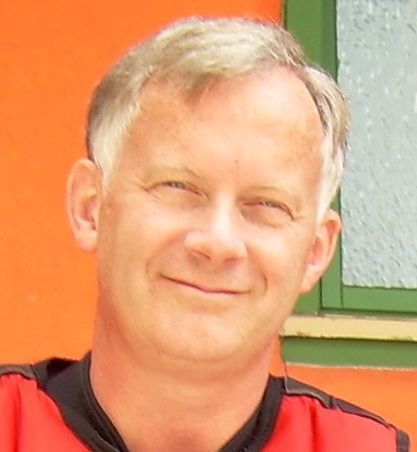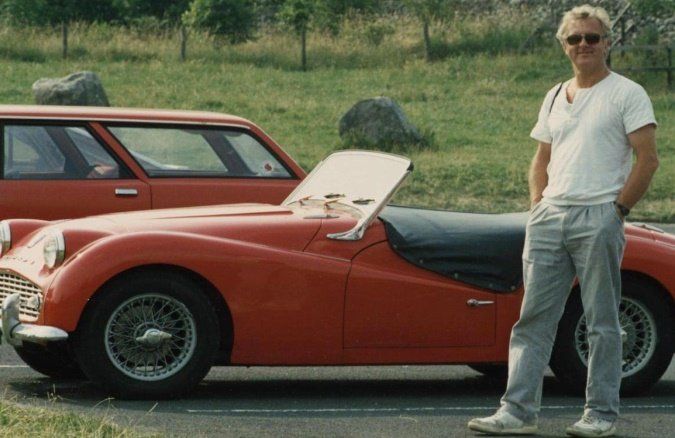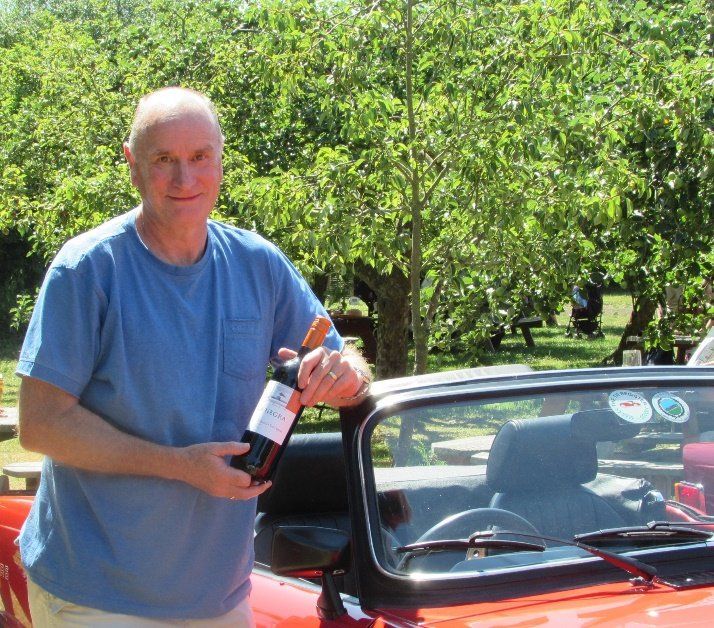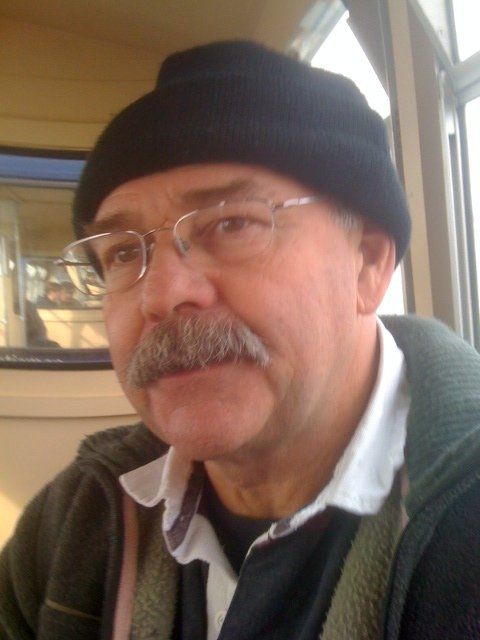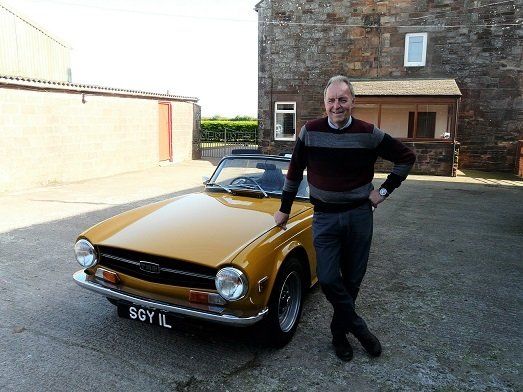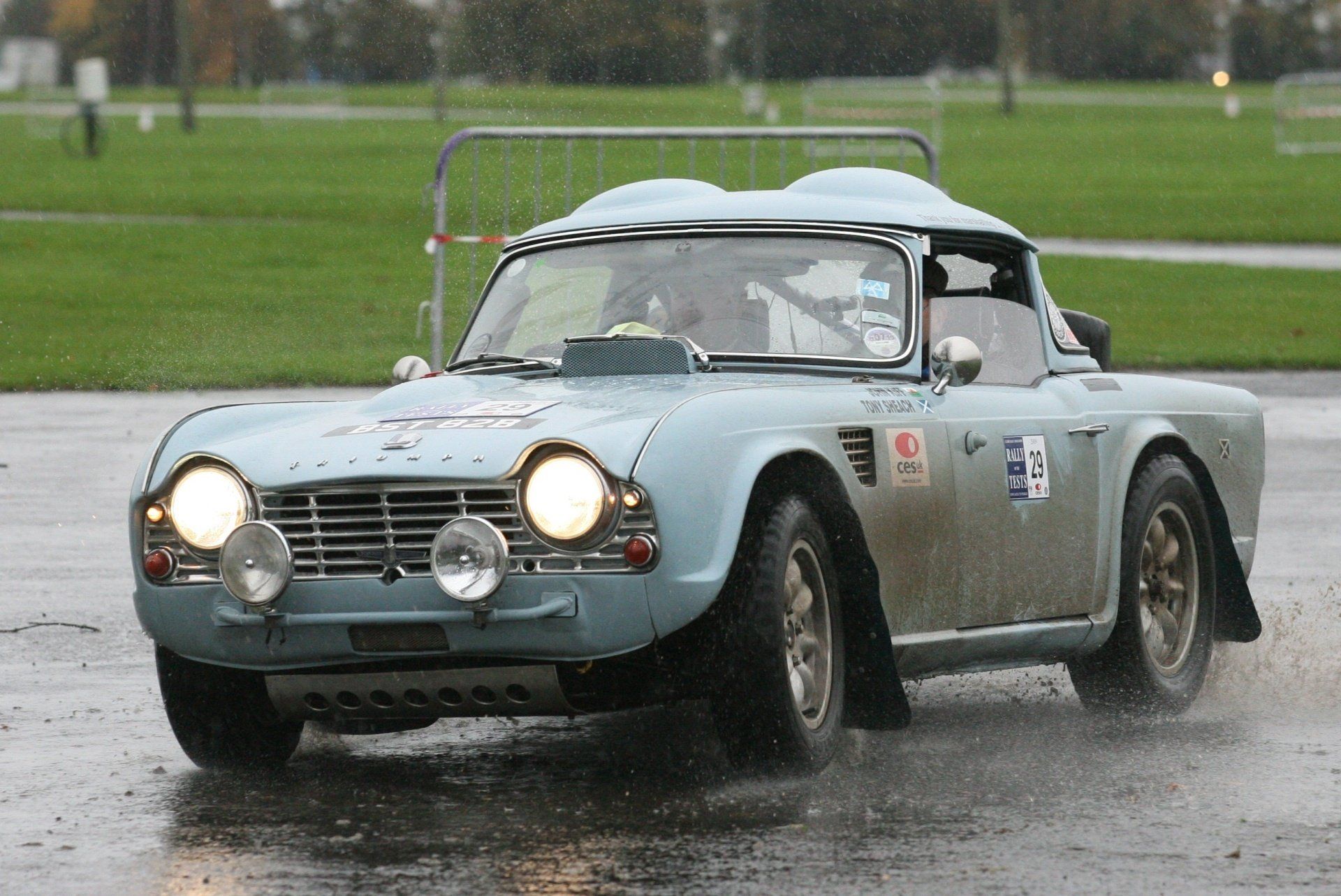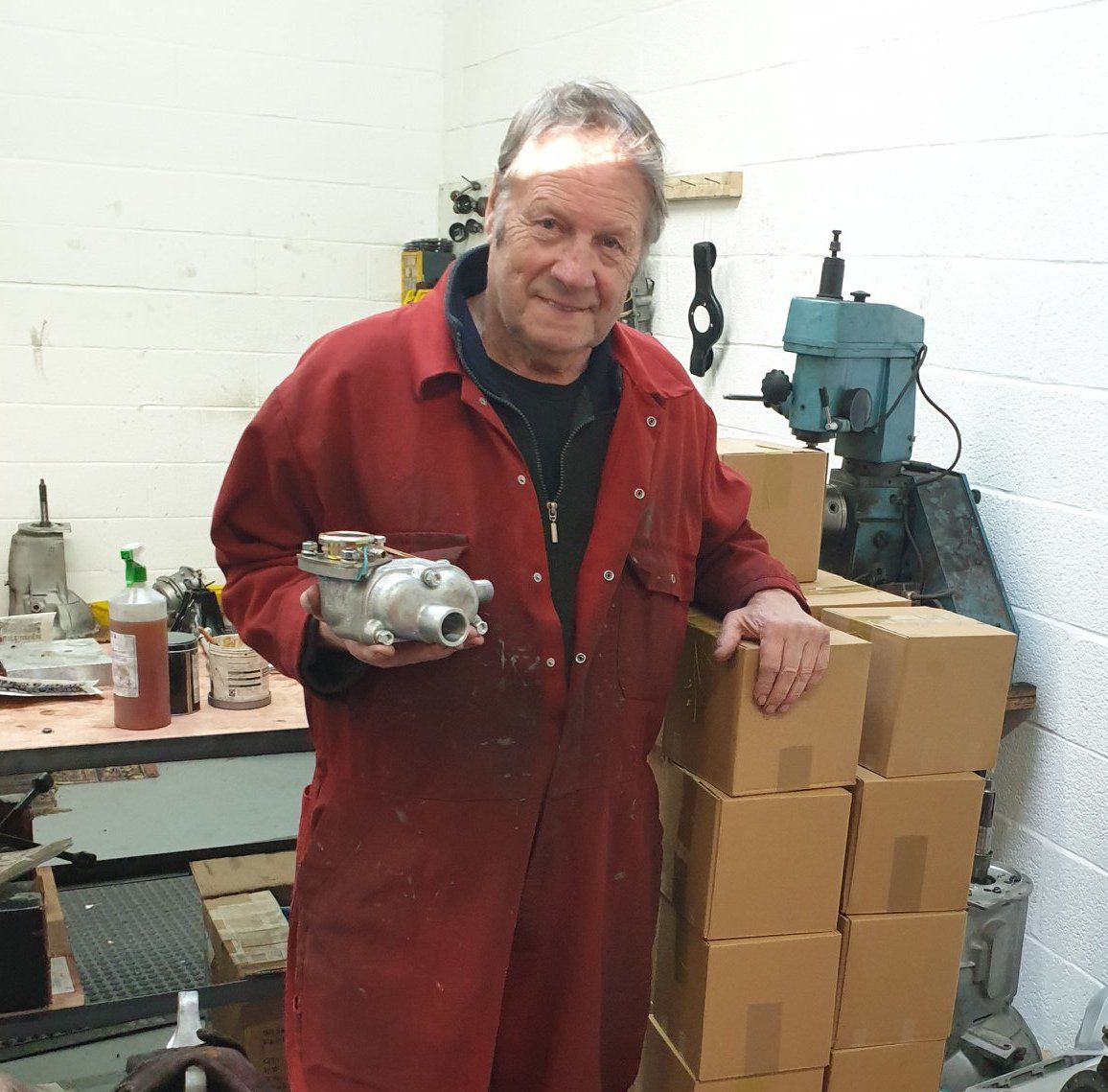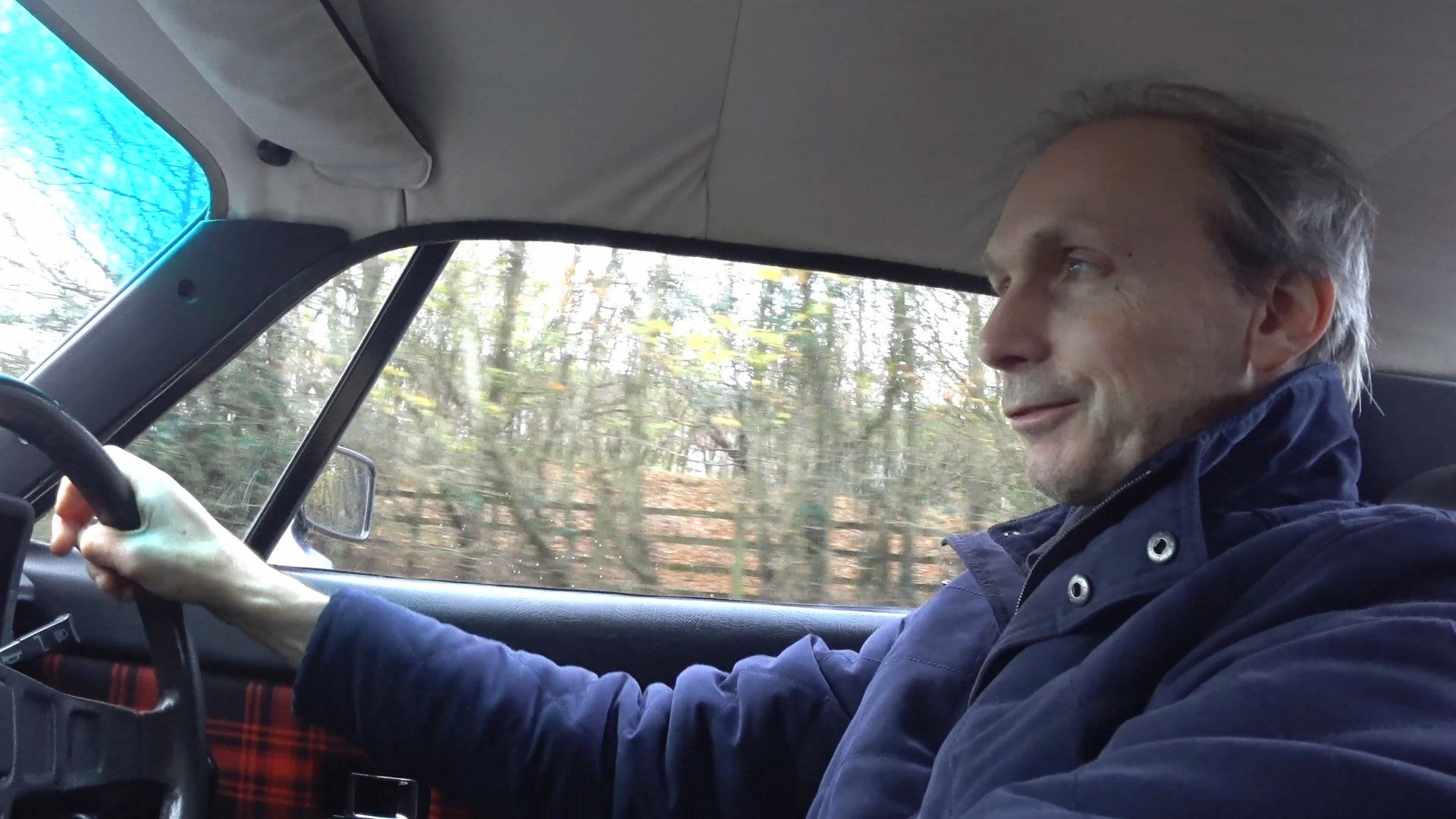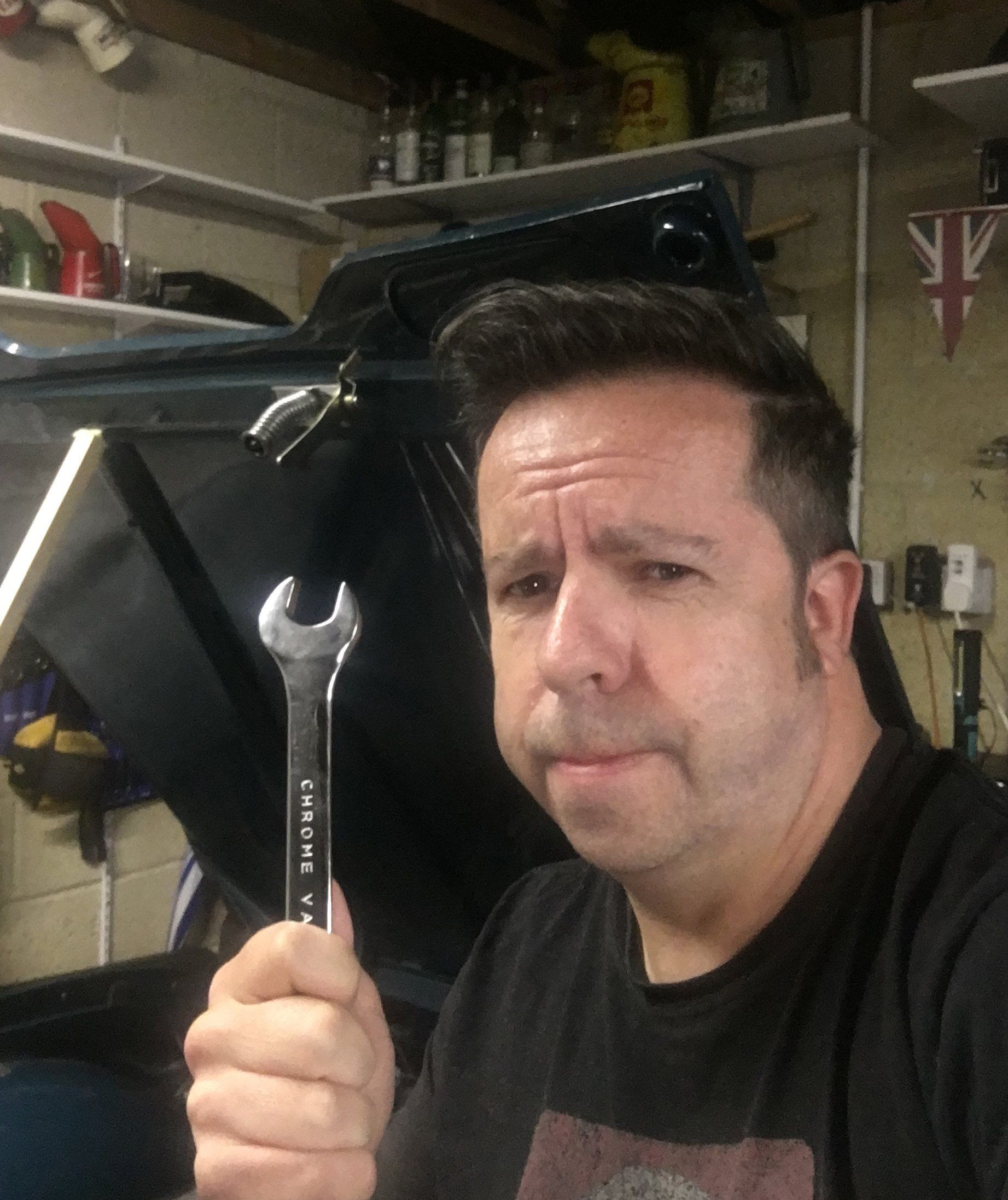About the TR SDF
Aims
Quoting from the TR SDF’s very simple “Rules”, the aims are summarised in the strap line "Preserving the marque and keeping TRs on the road". We take action to assist in the preservation and restoration of all TR marques, including derivatives such as Italia, Peerless and Swallow Doretti. Such actions include:
- The purchase and preservation of original parts and tools, for use as patterns in the reproduction of such items
- The loan of original parts and tools for the production of pattern items
- The reproduction of parts and tools which are no longer available
- The funding of experimental or other work which might prolong or enhance the useful life of the cars represented
Note: The TR SDF is a non-trading, not for profit organisation.
History
The Problem in the 1970s
By 1970, Triumph, its suppliers (such as Beans Industries and Mulliner) and its agents were no longer interested in the early, 4-cylinder, cars, and vast quantities of parts were being chucked into skips and sold as scrap metal. In Birmingham, where Pete Cox lived, and in the factory base at Coventry, the disposal was of epic proportions and was such as to make TR owners weep, go mad or rob a bank to obtain funds!
The Origins of the Fund
Pete Cox was operating in the Birmingham area and Pete Buckles in London, both on a part-time basis, as each had a full-time job. What these two stalwarts needed was cash in order to purchase parts before these were lost to the scrap merchants – sad to say, despite all their efforts, a vast amount of valuable (to us, as owners of TRs) stock still was lost for ever. In 1970, membership of the TR Register (TRR) was heading towards 400, meetings were still being held at Hopcroft’s Holt, and it was at the September meeting that the “New Spares Fund” (NSF) was born out of the membership’s wish to help fund the enterprising work being done by the two Petes. At that time, they were operating separately; later they joined forces as Cox & Buckles (C&B). Entirely voluntary contributions were fixed at a minimum of £3 (soon raised to £5) and a maximum of £50, so as to prevent any individual having too great an influence. NSF monies were held and administered completely apart from those of the TRR, and an NSF member was free to withdraw the contribution at any time. In recognition of their role as subscribers to the NSF, members were able to purchase parts at exceptionally favourable prices.
When C&B turned their “hobby” into a business, the relationship between the NSF and Cox and Buckles Ltd had to and was changed. They did not look to the NSF to finance their business, but the cash remained available to them and was used as and when required. In effect, they had a semi-permanent loan of around £6,000 which enabled them to give a general discount to NSF contributors. As their business grew rapidly, this loan became less significant and was eventually repaid, special prices to NSF members ceased, and the Fund’s monies then became used as they are today.
The NSF was never intended to act as a manufacturer nor as a rival to C&B - nor to the many other suppliers which have come along subsequently. It has been a conduit for ideas on things which were needed and a means of facilitating production, usually through a loan to assist with the tooling and/or guaranteeing the purchase of a sufficient quantity to make tooling worthwhile.
During the 1990s, it was recognised that the name "New Spares Fund" did not really describe the role that the Fund was by then taking in assisting with the availability of TR spares. Therefore the name was changed from NSF to the “Spares Development Fund” (SDF) in 1995, and three of the current TR SDF committee and advisers were in post at that time (Messrs Cornish, Gibson and Graham).
Recent History
Early in 2016, the then Chairman of the TR Register (TRR) notified the SDF that as a result of the Board realigning the constitution and governance of the TRR, the Board had identified that the SDF presented “the club” with a conundrum in relation to the financial audit trails, insurance and the storage of SDF parts accumulated in Didcot.
There followed a series of meetings and document exchanges that validated the SDF’s integrity and status, and acknowledged that the TRR had retained several thousands of pounds of SDF monies for a considerable period of time. Eventually, an agreement was reached which released all the monies owed to the SDF, and a motion at the subsequent AGM of the TRR acknowledged the complete separation of the accounts.
The members of the SDF were balloted regarding the future options available to them, and the overwhelming majority voted for the continuation of the stated objectives of the SDF, completely separate from the TRR and under the SDF’s own management. At that point, the SDF became known by its current name, the "TR SDF".
Like the SDF and the NSF before it, the TR SDF has no premises, no staff, is not a registered business, and has no wish to concern itself with purchase, stock control, shipping, guarantees, warranty, manufacturer’s liability, VAT and all the other paraphernalia and obligations which necessarily attach to a business. The experts in those matters are the established suppliers.
There is no annual subscription to the TR SDF, there is a single payment which is, in effect, a loan to the Fund. If a member of the TR SDF decides to leave, s/he is given the opportunity to withdraw the money subscribed originally to the NSF / SDF / TR SDF. In fact, the vast majority of leavers have not withdrawn their funding, hence bequeathing a legacy for the greater good – something for which we should be profoundly grateful. This is the main reason that the Fund has quite a reasonable overall value, even if at certain times a substantial proportion of that has been in the form of loans to suppliers. As was said by one member, “the attitude from the start was more altruistic than mercenary - we were all more concerned with keeping TRs on the road, as opposed to just saving a few bob individually”. The real benefit is that, without the backing of the NSF / SDF / TR SDF, certain items might never be – nor have been - produced at all, might take considerably longer to be produced and/or might be more expensive.
The term "TR" in our name is deemed to include not just Triumph TRs, but also derivatives such as Italia, Peerless and Swallow Doretti.
What has the NSF / SDF / TR SDF done for us?
Accumulated parts as patterns for future use: When the original Cox & Buckles (C&B) loan had been repaid to the NSF, attention turned to the long term benefits to all TR owners that might accrue from these funds, and original panels and parts were starting to be acquired for potential future use, if needed, as patterns for reproduction purposes at some point in the future. Owing to the manner in which the first major collection of parts were acquired, the name Alannid’s Cave was given to the SDF’s important and occasionally growing collection.
Assisted the finances of the TR Register (TRR): On a number of occasions, the financial problems encountered by the TRR have been resolved by loans from the SDF, each of which have been repaid. On one occasion in order to meet an unexpected TRR VAT demand, and against the wishes of the NSF/SDF’s administrators, the TRR sold rare OE panels to BMH (Heritage at Gaydon), ostensibly for BMH to use as patterns. However, BMH later sold the panels without undertaking the agreed work and without informing the TRR. Hence, these rare original panels “went missing” for ever!
Supported TS2: £1000 was donated to the funds for the restoration of TS2, the first righthand drive TR, along with a loan of £5000 (since repaid) to ensure the restoration process was completed.
Assisted the remanufacture of NLA parts: The SDF has achieved considerable successes in this endeavour, and can justifiably claim that without its efforts, there would be fewer of the TR2-TR4A 4-cylinder TRs on the road today. In addition, it is likely that a number of other useful parts would never have been made available to owners. See our Projects section.
Assisted other projects: There is considerable expertise amongst members of the TR SDF’s committee and its advisers, and this has been brought to bear in the analysis of materials, scanning of parts, production of engineering drawings, acquisition of original parts, and the reproduction of TR5 Owner Handbooks. See our Projects section.
Fostered a great working relationship with all suppliers: TR owners enjoy an enviable situation regarding parts availability, and this is due in no small measure to the respect and close relationship fostered with the major suppliers over many years. The TR SDF does not compete with them, and assists where possible with issues they themselves have with their parts, and sometimes with owners of TRs. Under the umbrella of the TR SDF, the Parts Quality Initiative (PQI) has been created in order to try and resolve such issues in an amicable fashion, and considerable success has been achieved.
Acted directly for the benefit of ALL TR owners: The NSF / SDF achieved this without management or political direction from the management of the TRR or any other organisation. As the TR SDF, we continue as an independent entity, acting on behalf of all in the TR community.
Liaison with Registrars:
The TRR has a Registrar for each of the model types (including derivatives) and the SDF liaises closely with these Registrars when investigating parts, production, likely sales, etc. There is liaison, too, with the TR Drivers Club and it is anticipated that there will be similar contact with other Triumph clubs in the future.
TR SDF’s Management, Assets etc.
- The SDF always acted directly for the benefit of ALL TR owners without management or political direction from the TR Register (TRR) or any other organisation. As it did under its former names, the TR SDF continues to operate autonomously and act for the benefit of all TR owners and suppliers. To show this, we adopted the strapline, once used by the TRR - “Preserving the marque and keeping TRs on the road”.
- The TR SDF’s assets consist of original parts, known as Alannid’s Cave, and cash, some of which from time to time may be in the form of repayable loans to suppliers undertaking the reproduction of parts. Alan Robinson, who was the TRR's Honorary Secretary in the 1970s, had been living and working in Hong Kong for years, and decided in 2007 that it was time to sort out his TR3 and his collection of genuine Stanpart items. Alan asked Alec Pringle to undertake this task on his behalf and, at Alec’s suggestion, agreed to sell to the SDF those parts which were deemed so important and rare that they should be kept as patterns. The SDF, and the whole TR movement, is indebted to Alan for sanctioning this transaction, on advantageous terms, - no one can say what these items might have fetched on eBay, but it is certain that it would have exceeded by far the amount paid by the SDF. The SDF is indebted, too, to Alec and Diane Pringle (like Alan, both no longer with us) and their helpers, and to Mike Ellis and Pete Buckles, for making it all happen – there was a very great deal of purely voluntary time and effort put into all this. Since then, the SDF has been offered and has purchased many TR parts. In each case, the prices paid were negotiated and were below market value. In addition, Tony Sheach has donated some small, but not unimportant, parts – and donations are always welcome. All the items have been securely packed, recorded and are held in secure storage. These parts are NOT held in order to sell at a profit, they are held in perpetuity as patterns. See list of items below.
- Finances & Management: The TR SDF fund still exists as loans, repayable on request to the members of the TR SDF, and the TR SDF’s management act to protect that integrity, and to ensure the funds are used for the purposes specified by its membership in its Rules. The administrators of the fund each have been members of the TRR for more than 20 years, some holding office within the club for many more years. The TR SDF and PQI are fortunate in having a group of extremely knowledgeable and altruistic members who have promoted its aims for many decades and have ensured that, despite the problems which came to a head in 2016, the Fund now stands alone, is secure from interference, has its parts (Alannid’s Cave) stored securely and at no charge, and is continuing to pursue its stated aims.
TR SDF: Team
Ian Cornish - TR SDF Chairman
Chartered Electrical Engineer. First TR in 1963, 2nd in 1964. Ex-Works TR4 Rally car, 4VC, from 1969.
Joined TR Register (TRR, member 152) at creation in 1970, founder member of the club’s first Local Group (Thames Valley) June 1970. Joined New Spares Fund at start (later NSF became TR Spares Development Fund [TR SDF]). TRR Technical Editor 1971-1986, created Technicalities booklet 1976. TRR Chairman 1983-1985, appointed TRR Honorary member 1995, then first Honorary Vice President 2005. Organised “The Works Triumphs” event for 2005 International Weekend (IWE). Co-organiser of “TR4@50” event for 2011 IWE. Organised “Competition Triumphs” event for 2015 IWE.
Created presentation “The Works’ TR4 Rally cars”, and has delivered on 15 occasions. Wrote definitive article on “The TR 4-pot Engine” (2010). Co-author with Tony Sheach of “Basic Maintenance” document, and co-presenter at 2014 IWE seminar.
TR SDF Chairman since 1995.
Julian Garrett - TR SDF Treasurer
I own a very late TR4, registered in March 1965. I bought it in 1983 and rebuilt it between ‘84 and ‘86. I joined the TRR at about the same time and am member 12255.
I started my working life as an accountant, but rapidly got involved in IT, where I worked for a number of software and IT services businesses. I’ve been a member of the NSF / SDF since its start, and took over as Treasurer / Data Controller in January 2020.
I confess to being a bit of a petrol head, and have built 3 separate cars of my own now as well as having been involved in a number of others belonging to friends. I’m not too good at selling them though, and so my ‘stable’ now has 8 cars and a couple of motorbikes (must do something about that!).
Ian Gibson - TR SDF Management Committee
During many years at Leeds University (ending up in Tribology) I swapped a pre-war Morris 8 saloon for a Pearl White long door TR2 belonging to an old school friend. He was just married and starting a family and needed a saloon car!
I lifted the body off the TR2 to give it, and the chassis, some anti-rust treatment, while at the same time I sprayed it in British Racing Green. I also added an overdrive. The TR2 survived several camping holidays in Europe. Then I think the need for better weather protection in Winter caused the TR2 to be relegated to Summer use and a series of other vehicles followed, including an XJ6, a Morgan, a Rover SD1 and a Vanguard Phase 3 Estate Car (which I still have!). In 1988 I saved a TR3A entirely in pieces and finished rebuilding that in 1990 when I got married. That TR3A and a Stag are our leisure transport today.
I worked for Imperial Chemical Industries, and as a Polytechnic lecturer, before a period of tribology on the Wankel engine. Then I switched careers to Museum work before retiring as Head of Lancashire County Museum Service.
Ian Brown - TR SDF Management Committee
Born in 1952. Honours degree in Chemical Engineering from Leeds University.
Early experiences were two wheeled with a Honda 50! Four wheels came on my 21st birthday with a mini. Mini’s reappeared in the form of a rally car, which was later sold to fund building a rally prepared Chevette. Marriage and mortgage forced retirement from rallying. My TR experiences started with the purchase of a basket case TR4a, , and I have owned a TR3a, TR7 and the TR6. I have visited Classic Le Mans twice in my TR3a, completed two European events with the TR Register, and completed the RBRR twice.
My working career started with five years in the chemical industry followed by the Mars Group, Gallaher, two years in the health industry, eventually retiring from Coca Cola. I since found myself employed by the TR Register for a number of years, culminating in a spell as interim General Manager
Roger Hogarth - TR SDF Management Committee
My education started when I left school. BEA Apprentice in 1966. After that I stayed on for another 39 years. 36 years in Non-Destructive Testing (NDT). Excellent fun in a very young department. Learnt lots of good things, some of them to do with NDT.
I have dabbled at many sports. Sadly few sports wanted to dabble with me.
I got my first TR4A back in 1973. Didn’t bother with the TRR as they didn’t want me as a member. Sold it in 1975 to help buy a house. I think it bought about a dozen bricks. TR’s were rekindled in 1990. I bought a serious scrapper but managed to get it all together. I love touring in it and in Scotland, especially the islands - my favourite place.
Since retiring in 2009 I have tried to remake parts that are no longer available. This has been quite rewarding (not profitable).
Alan Graham - TR SDF Specialist Advisor
Born in 1954 and left school in 1972 with the intention of becoming an architect, however I followed my father into dairy farming and now my son follows me!
Bought my first TR6 in 1980 and quickly joined the TR Register, number 7593 and have been a member now for 40 years!
Tried many classics, MGBGT V8, Scimitar GTE, 2 x TVR's, RS2000, Capri X pack but once TR's are in your blood they are there forever and I currently own a 1972 Saffron TR6pi. I also rebuilt X755, the factory body prototype TR5 in the early 2000s and that was a lengthy and knowledge-gaining experience for sure!
Hopefully my depth of knowledge on all things TR5 and TR6 has been and will continue to be helpful to the SDF.
Tony Sheach - TR SDF Specialist Advisor
After owning a series of Triumphs, in 1998, Tony built and then rallied his Powder Blue BST82B (Beastie); for over 25 years one of the most powerful TR Rally cars in modern historic competition. He has taken top awards on major UK events such as The Rally of the Tests and HERO’s Le Jog, toughest of the Historic Rallies, and won the LeJog’s Test Pilot award for fastest overall on the tests in three successive years (2011 to 2013).
For a number of years, Tony shared ownership of Works' car 3VC and with it obtained a variety of top 3 class positions between 2006 and 2008. This car was sold in 2021.
Said to have been scrapped somewhere in America after the 1964 Canadian Shell 4000 Rally, Tony doggedly pursued the trail of 5VC, acquiring several parts before finally finding it part dismantled and languishing in a garage in America in 2009. As restoration started, and after expert inspection by authorities in America and well-known Triumph luminaries (Revington, Robson, Piggott & Cornish) in the UK, the identity was confirmed and the UK Registration regained.
Pete Cox - TR SDF Specialist Advisor
Before the TR Register (TRR) was formed, Pete was living in Birmingham, owned a sidescreen TR, and was acquiring TR parts fast when both Triumph and its dealers were scrapping them. Meeting Pete Buckles in 1970 gave him an outlet down south, and they worked together to acquire and save as much as funds their would permit. The New Spares Fund provided greater funding for these enterprising fellows, who formed Cox & Buckles Spares. Gradually their “hobby” became so large that both gave up their jobs. Later, the business became Moss.
Pete enjoyed competition and won the 1986 TRR's Race Championship in his lightweight TR4.
Pete knows TRs inside out, has written about and conducted workshops on TR gearboxes, of which he has re-built more than anyone, and he fettles rear axles and overdrives as well. With his son Tom, he now operates as Pete Cox Sportscars.
Bob Le Brocq - TR SDF Specialist Advisor
Joined Decca as an apprentice in 1967, learned a variety of skills – hand metal working, machine metal working, plus electrical & electronic design theory. Worked on Antenna design & microwave printed circuit design. Transferred to Decca Survey, where I designed both electronic hardware, & wrote computer programs to support hardware. Company taken over by Racal: worked on Minehunting (location) equipment for the Royal Navy
Spent many uncomfortable days at sea! Last employment was with a fleet vehicle tracking company designing custom solutions for various clients.
Bought my first TR in 1971 and joined the Register (Member No. 463). It was a 1955 TR3 Comm No. TS 9551 O. I still run that one today. I also owned a Dove TR4 in Wedgwood Blue, sold it for not a lot (we all make mistakes). These days I am retired, but like to keep up my electronic design skills, which is why I have designed several items to enhance (in my opinion) the TR driving experience. i.e. LED rear bulbs for sidescreen models (specifically for the L549 lamp unit),a simple delayed wiper circuit to work with most TR models, plus a few others.
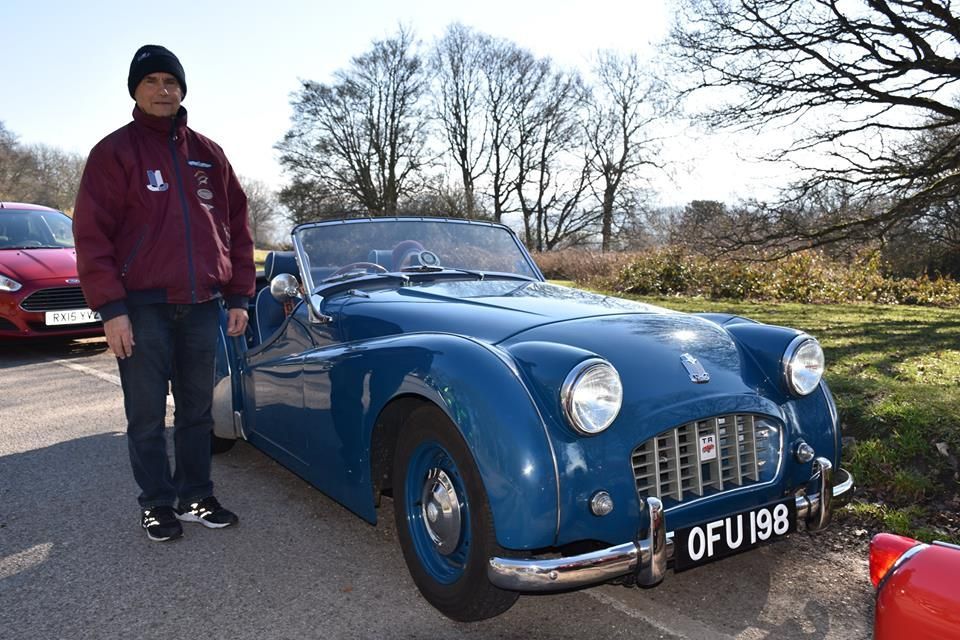
Bob Le Broc
John Clancy - TR SDF Specialist Advisor
I have owned my Triumph TR7 since early in 1985 and consider myself a confirmed Triumph enthusiast. In 2006/7 I made the first in The Triumph Series of DVDs titled ‘Code Name: Bullet’ and it proved to be a worldwide success. DVDs covering every Triumph model followed. I gained quite a reputation as a Triumph historian and as a result I have contributed articles to many motoring journals including Practical Classics, Classics Monthly, Jaguar World, MG Enthusiast and many others including regular contributions to Triumph World Magazine.
In 2018, Brian Ridley-Jones and I combined to investigate the possibilities of reproducing major TR7/TR8 body panels after we had established that British Motor Heritage had scrapped the TR7 press tools. The TR SDF joined us in this venture and the successful release of the first project, the all-important headlamp panel, was made available again at the close of 2020.
I have now joined the TR SDF team to advise and help on all matters related to the TR7 and TR8.
Darren Cummings - TR SDF
(Admin/Communications/IT Advisor)
Born 1965. Degree from the University of London in something really useful … Philosophy. Careers: shipping (specialising in importing classic cars), and later publishing for the semiconductor industry.
Inherited my grandfather’s love of Triumphs and engines. Since purchasing my TR5, I’ve rediscovered the joys of tinkering. If not playing with the TR, I can be found restoring 1960s petrol lawn mowers. It’s a hobby that helps me satisfy my curiosity about engines without taking the 5’s to pieces and ruining it.
I’m a member of the TRDC and Club Triumph, as well as being on the committee of my local multi-marque club, the White Horse CVE. In recent years I’ve written articles that have appeared in TR magazines, most notably a series on the restoration of the Jabbeke record breaking TR2 prototype. I also run two Facebook groups, the Triumph TR5 Owners and the Triumph TR5/TR250 Enthusiasts, with 1200+ members.
